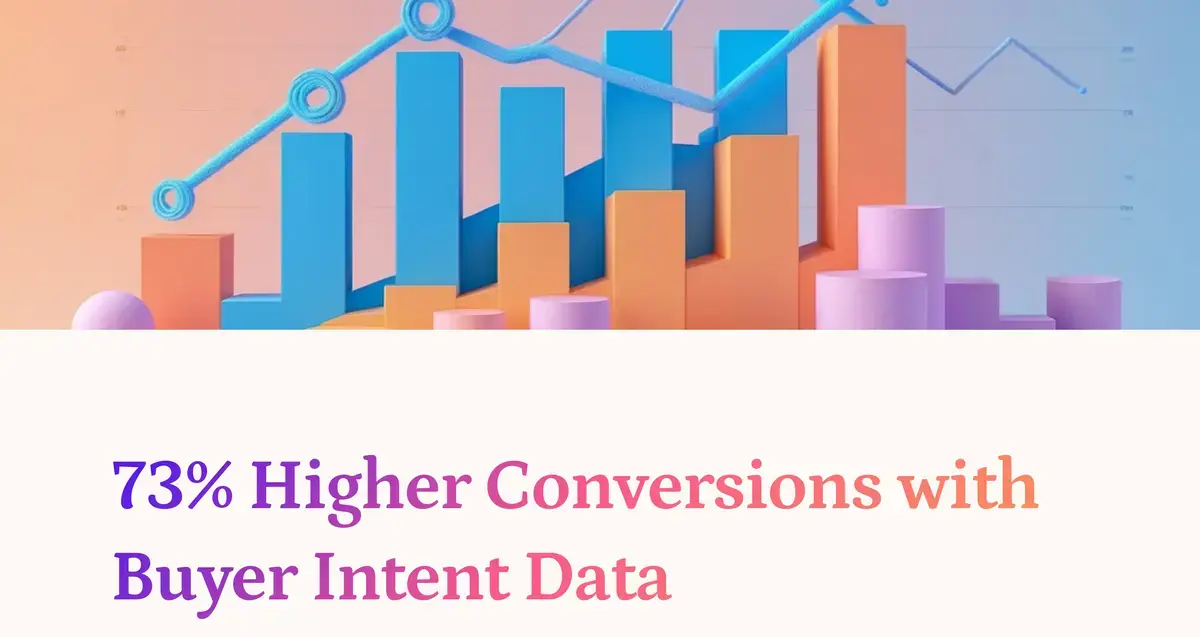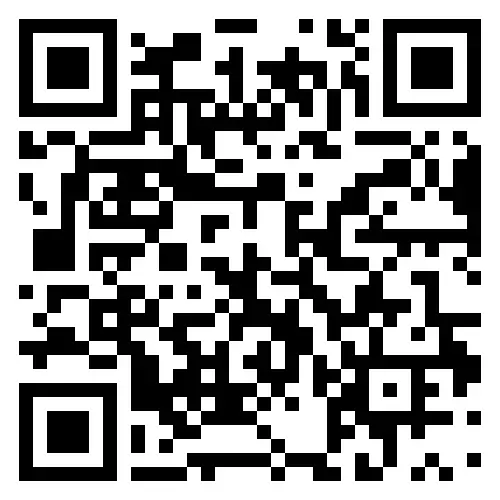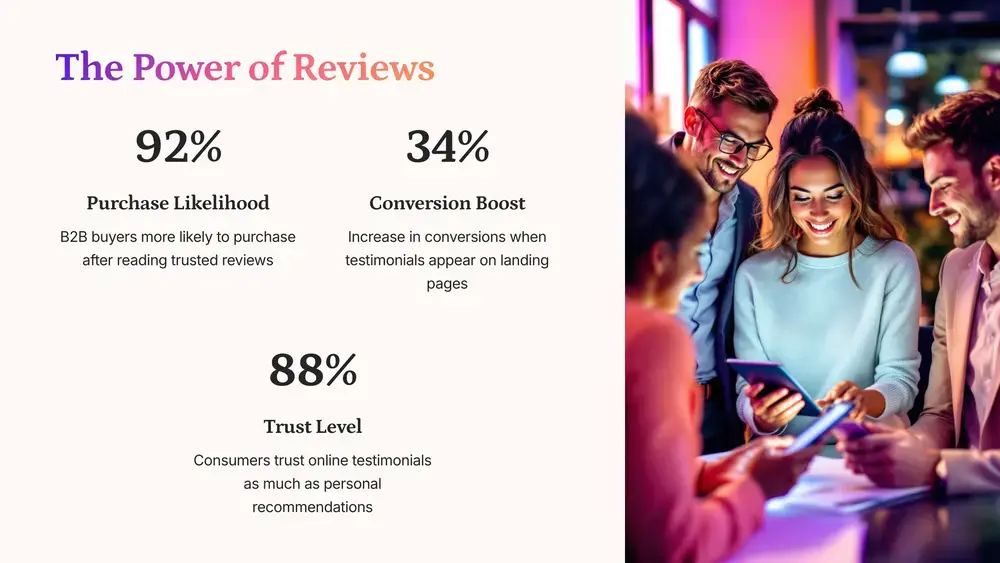Understanding Buyer Intent: The Complete Guide

Share this post
Introduction: Why Buyer Intent Matters
In today's hyper-competitive digital landscape, understanding what your customers want isn't just helpful - it's essential. Buyer intent represents the likelihood that a prospect will make a purchase, based on their behaviors, actions, and engagement with your brand. It's the digital equivalent of reading a customer's mind.
But here's the reality many marketers face: without understanding buyer intent, you're essentially throwing content into the void and hoping something sticks. According to recent research, companies that leverage buyer intent data effectively see 73% higher conversion rates compared to those that don't.
In this comprehensive guide, we'll explore what buyer intent really means, how it manifests in customer behavior, and most importantly, how you can leverage it to transform your marketing strategy.
What Is Buyer Intent?
Buyer intent refers to the likelihood that a potential customer will make a purchase decision based on their actions, behaviors, and engagement patterns. It's the digital footprint that signals a prospect's readiness to buy.
Think of it this way: when someone searches for "best running shoes for beginners," they're exhibiting different intent than someone searching for "Nike Pegasus 39 size 10 best price." The first search indicates early-stage research intent, while the second shows clear purchasing intent.
Understanding these distinctions allows marketers to:
- Deliver the right content at the right time
- Prioritize sales efforts toward high-intent prospects
- Personalize messaging based on where customers are in their journey
- Allocate marketing resources more effectively
The Three Primary Types of Buyer Intent
Buyer intent typically falls into three main categories, each representing a different stage in the customer journey:
1. Informational Intent
What it is: The prospect is seeking knowledge or answers to questions. They're aware of a problem or need but aren't necessarily ready to make a purchase.
Common signals:
- Broad keyword searches
- Educational content consumption
- First-time website visits
- Newsletter subscriptions
- Downloading educational resources
Example keywords: "what is," "how to," "guide to," "benefits of"
2. Commercial Intent
What it is: The prospect is actively evaluating options and comparing alternatives. They're moving closer to a purchase decision but still weighing their options.
Common signals:
- Comparison searches
- Product page visits
- Feature-specific research
- Pricing page views
- Case study downloads
Example keywords: "best," "top," "compare," "reviews," "alternatives to"
3. Transactional Intent
What it is: The prospect is ready to buy and looking for the best place or way to complete their purchase.
Common signals:
- Specific product searches
- Shopping cart activity
- Free trial sign-ups
- Demo requests
- Contact form submissions
Example keywords: "buy," "discount," "coupon," "pricing," "near me"
How Buyer Intent Impacts Conversion Rates
The connection between buyer intent and conversion rates is significant and measurable. Consider these statistics:
- High-intent prospects are 50% more likely to become customers than low-intent prospects
- Content targeted to specific intent signals converts at 3-5x higher rates
- Companies using intent data report 68% improved lead quality
- Sales teams focusing on high-intent prospects achieve 55% higher close rates
The reason is simple: when you meet customers exactly where they are in their journey with precisely what they need, you remove friction from the buying process.
Common Misconceptions About Buyer Intent
Despite its importance, several misconceptions about buyer intent persist:
Misconception #1: Buyer intent is only relevant for e-commerce
Reality: While intent is clearly visible in e-commerce behaviors, it's equally important for B2B, services, and subscription-based businesses. In fact, due to longer sales cycles, understanding intent in these sectors can be even more valuable.
Misconception #2: Buyer intent is all about keywords
Reality: Keywords are important signals, but comprehensive buyer intent analysis incorporates multiple data points including website behavior, engagement patterns, content consumption, and even third-party intent signals.
Misconception #3: Buyer intent is binary (either they want to buy or they don't)
Reality: Buyer intent exists on a spectrum, with prospects moving gradually from awareness to consideration to decision. Effective marketing meets customers at every point along this continuum.
Misconception #4: Buyer intent is difficult to measure
Reality: With modern analytics tools, machine learning algorithms, and intent data platforms, measuring buyer intent is more accessible than ever before.
Practical Examples of Buyer Intent in Action
Let's look at how buyer intent manifests across different channels and how savvy marketers respond:
Example 1: Search Engine Marketing
Intent signal: User searches for "email marketing software comparison"
Intent type: Commercial intent
Smart response: Provide a detailed comparison page highlighting your solution's unique advantages against competitors, with clear CTAs for a free trial or demo.
Example 2: Website Behavior
Intent signal: Visitor views pricing page three times in one week
Intent type: Transactional intent
Smart response: Trigger a personalized offer or chat invitation to address potential objections and facilitate the purchase decision.
Example 3: Content Engagement
Intent signal: Prospect downloads beginner's guide to your industry
Intent type: Informational intent
Smart response: Enroll them in a nurture sequence that gradually introduces more product-specific content as they continue to engage.
Example 4: Social Media
Intent signal: User comments on a product feature post with specific questions
Intent type: Commercial intent
Smart response: Direct sales outreach offering a personalized demonstration of the features they're interested in.
How to Start Incorporating Buyer Intent Into Your Marketing Strategy
Ready to leverage buyer intent in your marketing approach? Here's a simple framework to get started:
Step 1: Audit Your Current Content and Keywords
Categorize your existing content by intent type (informational, commercial, transactional) and identify gaps in your content journey.
Step 2: Implement Intent Tracking
Set up analytics to track user behavior signals that indicate intent, including:
- Page visits (especially high-intent pages like pricing)
- Content downloads
- Search queries
- Time on site
- Return visits
Step 3: Develop Intent-Based Segmentation
Create audience segments based on intent signals to personalize messaging and offers appropriately.
Step 4: Align Sales and Marketing Around Intent
Ensure sales teams understand which leads demonstrate high intent and prioritize their outreach accordingly.
Step 5: Test and Optimize
Continuously measure how intent-based strategies perform and refine your approach based on results.
The Future of Buyer Intent Marketing
As technology evolves, buyer intent analysis is becoming increasingly sophisticated:
- AI and machine learning are improving the accuracy of intent predictions
- Intent data aggregation across channels provides a more holistic view of the customer journey
- Privacy-compliant tracking is adapting to a cookieless future
- Predictive intent modeling is helping marketers anticipate needs before they're explicitly expressed
Leaders in this space will move beyond simple intent signals to develop comprehensive intent intelligence systems that drive personalized experiences at scale.
Key Takeaways
- Buyer intent represents a prospect's likelihood to purchase, based on their behaviors and actions
- The three main types of buyer intent are informational, commercial, and transactional
- Understanding intent allows for more effective content targeting, sales prioritization, and resource allocation
- Intent signals appear across multiple channels and behaviors
- Implementing an intent-based strategy requires proper tracking, segmentation, and cross-team alignment
- The future of intent marketing lies in advanced AI prediction and cross-channel intelligence
Next Steps
Now that you understand the fundamentals of buyer intent, the next step is to explore how it functions within the buyer's journey. In our next article, we'll dive deeper into the buyer intent funnel, mapping specific signals to each stage of the customer journey and providing strategies to move prospects smoothly through your sales process.
Ready to transform your marketing with buyer intent insights? Start by analyzing your current content against the three intent types and identifying gaps in your customer journey. This simple exercise will reveal immediate opportunities to better serve your prospects based on their true intent.
Looking to learn more about leveraging buyer intent in your marketing strategy? Check out our related guides on The Buyer Intent Funnel, Identifying Buyer Intent Keywords, and Using Buyer Intent Data Effectively.



